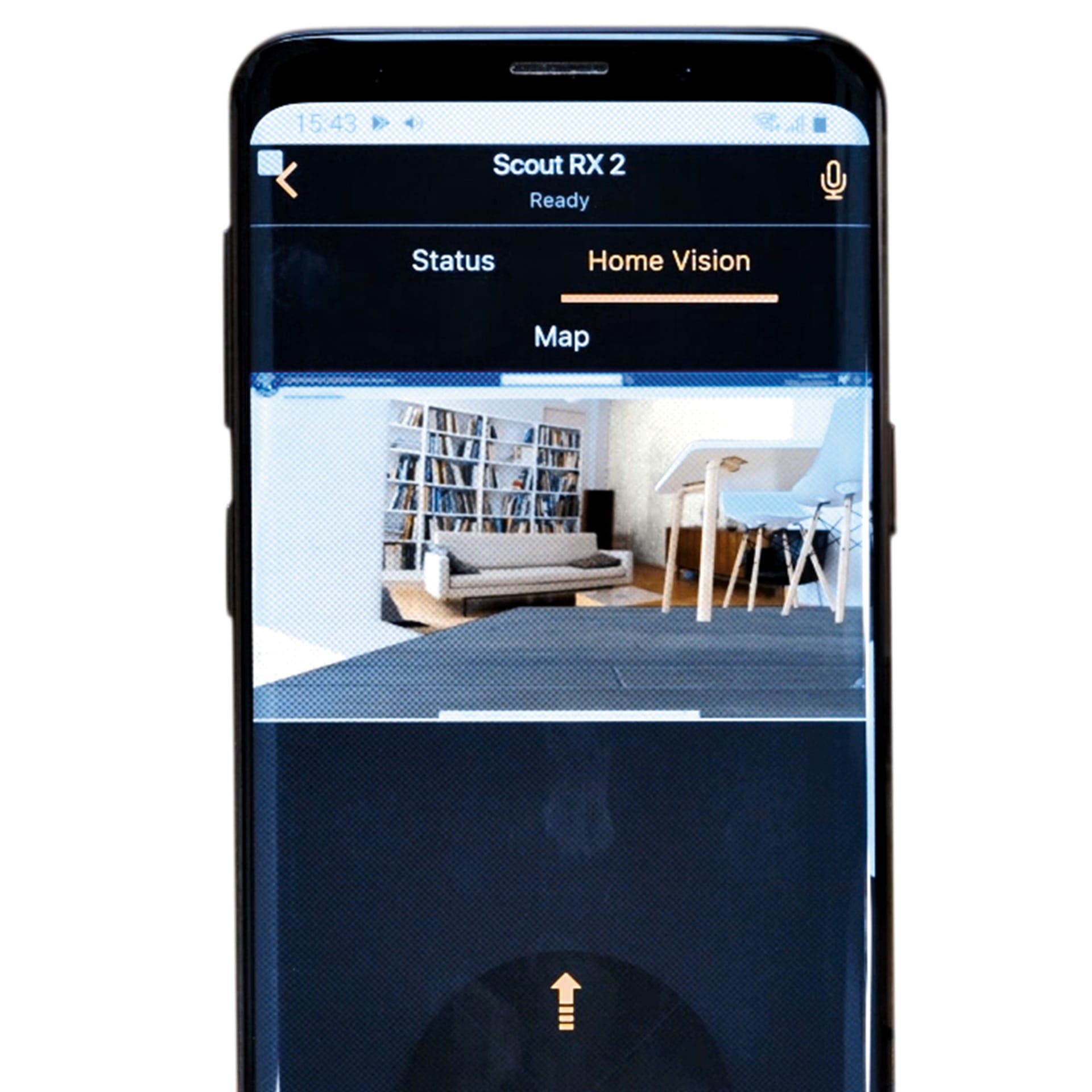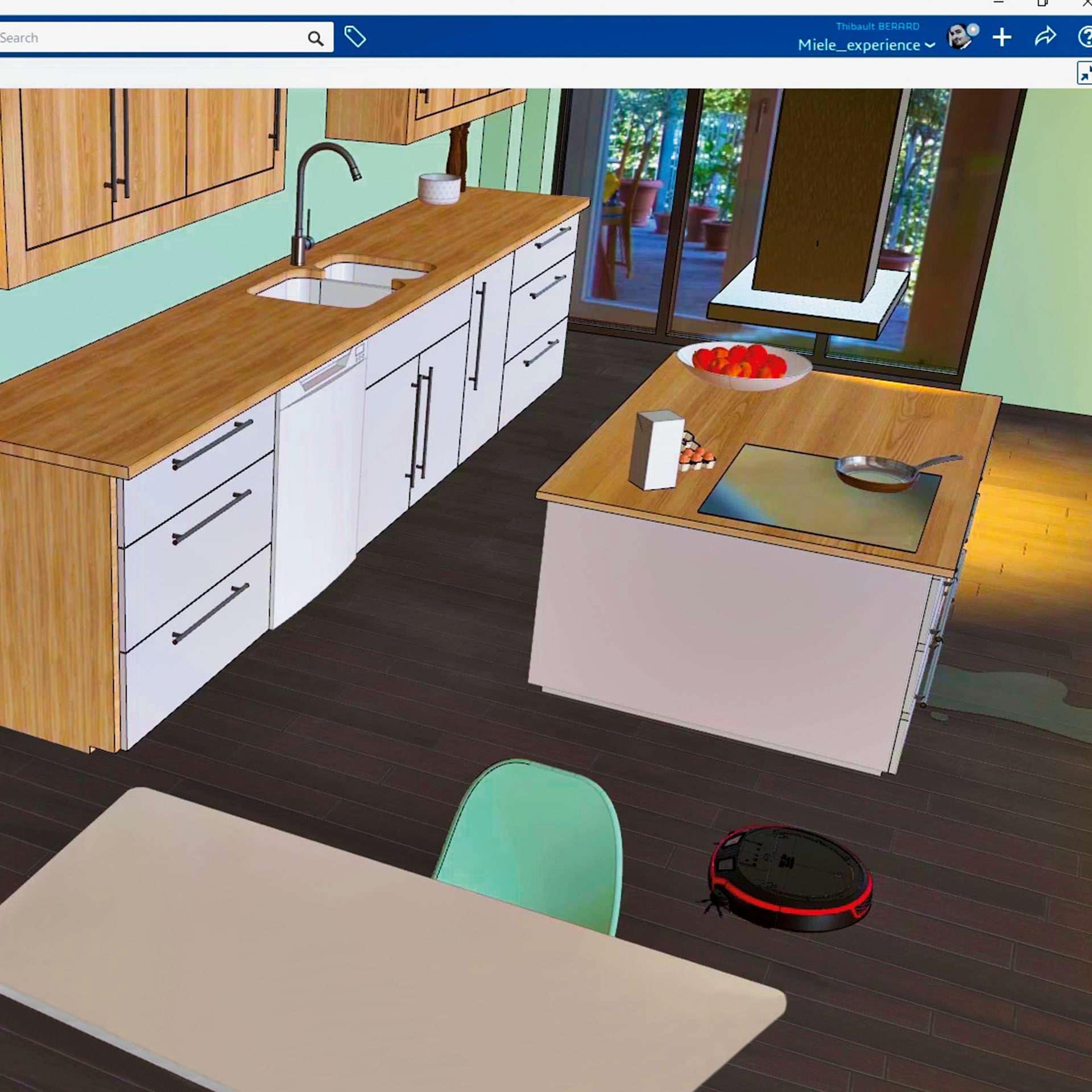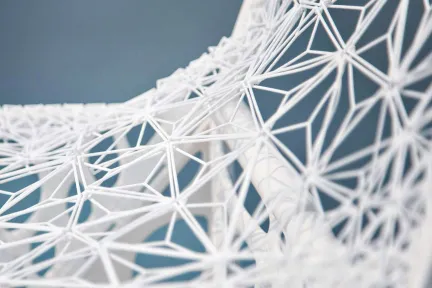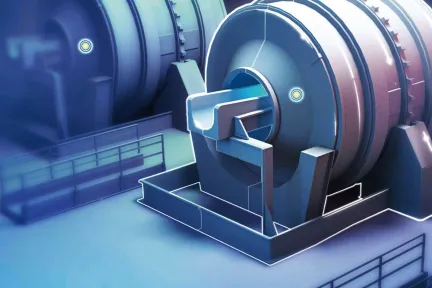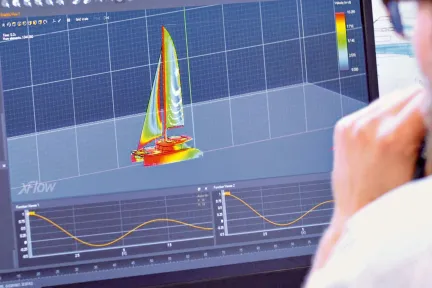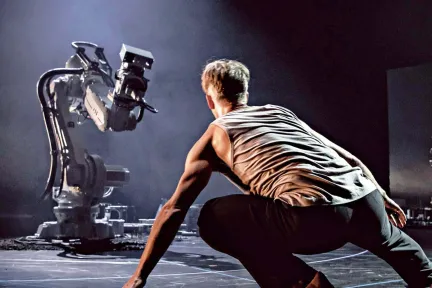A bridge between systems engineering and creative design
Creating a brand experience consists of defining and developing the user‘s experience of the brand‘s products within their natural environment.
German household appliance group Miele‘s Design Center is in charge of the group‘s user and brand experience: it seeks to design the best experience and product design for its customers as well as enhance the way they interact with its products. When Miele, the manufacturer of premium domestic appliances, wanted to review and extend its traditional product design methods to incorporate experience design, it used Dassault Systèmes‘ Design Studio to transform the process of creating the Miele experience.
Creating a brand experience consists of defining and developing the user‘s experience of the brand‘s products within their natural environment: the household itself. This could not be replaced by a laboratory or a test stand. Today, the desired experience and services are defined using a “design thinking” method. This involves producing usage scenarios taking various visual forms that can be shared with others, such as storyboards and animated films, to forge agreement among the project‘s stakeholders.
However, producing these media and adjusting them for each iteration of the project is very time-consuming. In addition, they are not interactive and so do not allow all usage variants to be tested during project reviews or user testing. The aim is to adopt new tools in the upstream discussion phase and to transform the process by designing the experience using virtual 3D systems like those used in product design.
A project to demonstrate this new approach to experience design focused on a Miele robot vacuum. Today, when developing a product, it is possible to define the product experience and create virtual prototypes, or digital twins, factoring in the product‘s services, behavior and interactions to limit the risk of errors, facilitate decision-making and reduce costs.
That’s the first time we bring things out of the virtual environment directly to the real user to interact with.
